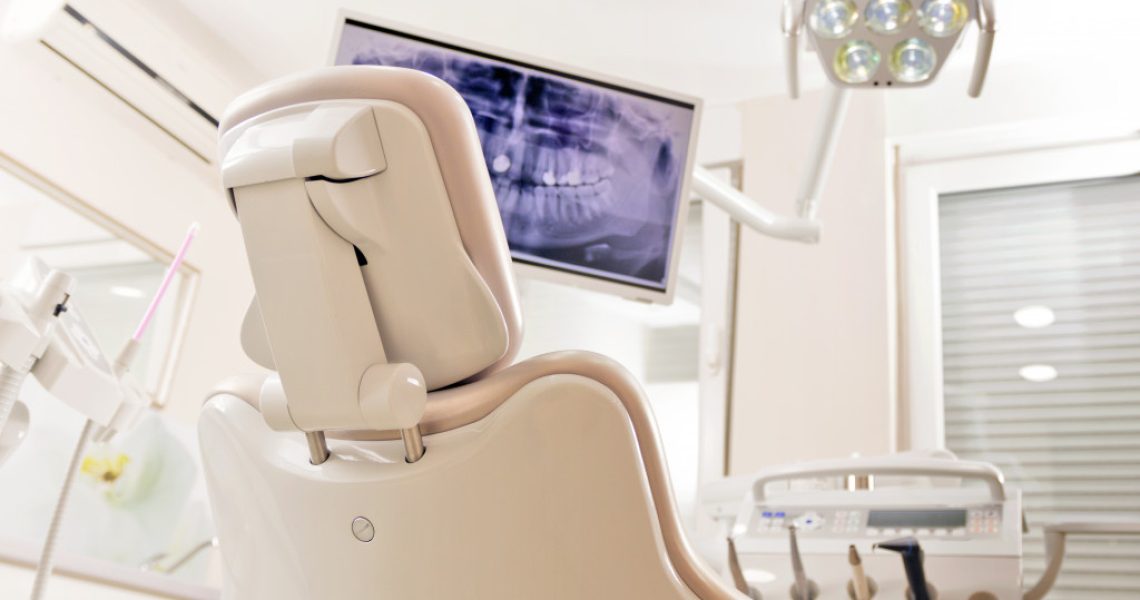You might not realize it, but oral health is intimately linked to overall health. Poor oral hygiene has increased the risk of heart disease, strokes, and other serious health problems. That’s why taking care of your teeth and gums is essential—and new technologies are making it easier than ever. Here are five innovative new dental technologies helping people achieve and maintain optimal oral health.
3D-Printers
3D printers have been around for more than 25 years, but they’ve only become popular in the last few years. The first 3D printer was created in 1984 by Chuck Hull of 3D Systems Corporation. It was a bulky, expensive machine that could only print in black and white.
Over the years, 3D printing technology has evolved and become more affordable. Today, there are a variety of 3D printers on the market, from small and inexpensive models to large industrial printers.
3D printers are used to create three-dimensional objects from digital models. This can be done using various materials, including plastic, metal, and glass. 3D printing is popular among hobbyists, artists, and engineers because it allows them to create customized objects with great precision.
3D printers are also being used to print dental prosthetics and braces. In addition, it’s also known for affordable crowns for people’s teeth. Before, crowns were made from metals, which can be toxic to the body. With 3D printing, robust crowns can be made from biocompatible materials that are safe for the body. In addition, it’s doing faster and more efficiently than ever, making crowns far more affordable nowadays.
This technology is still in its early stages, but it can change dental care and make it more affordable.
Dental Lasers
Dental lasers are becoming increasingly common in dental offices, offering several benefits over traditional dental tools. Here are the benefits that come with dental lasers:
Better Precision
Before, dentists had to rely on hand-held drills to remove decay and prepare teeth for fillings. It can be difficult to control, and it’s easy to make mistakes that damage the surrounding healthy tooth tissue.
With dental lasers, dentists can target specific areas with great precision. As a result, it minimizes the risk of damage to healthy tooth tissue and speeds up the overall treatment.
Shorter Treatment Time
Dental lasers can also work faster than traditional dental tools. This means that treatments can be completed in less time, which is more convenient for patients.
Less Pain and Discomfort
Another benefit of dental lasers is that they often cause less pain and discomfort than traditional dental tools. This is because the laser beam cauterizes as it cuts, sealing off nerve endings and blood vessels. As a result, it minimizes bleeding, swelling, and bruising.

Some types of dental lasers can also stimulate the growth of new bone tissue, which is essential for dental implants.
Lasers are the way to the future when it comes to dental care. It improves the precision of treatments, causes less pain and discomfort for patients, and speeds up the overall treatment time, leading to cheaper surgeries and faster healing.
Cavity-detecting Cameras
Cavity-detecting cameras are small cameras inserted into the mouth to capture photos of the teeth and gums. These photos can then be viewed on a computer screen, allowing your dentist to get a close-up view of any areas of concern. It’s beneficial in detecting small cavities that might not be visible to the naked eye. Additionally, cavity-detecting cameras can assess the progress of dental treatments such as tooth decay.
T cavity-detecting cameras are becoming increasingly common in dental offices, as they offer several benefits over traditional dental x-rays. Here are the benefits that come with cavity-detecting cameras:
No Radiation
One of the most significant benefits of cavity-detecting cameras is that they don’t emit radiation. This is in contrast to traditional dental x-rays, which use ionizing radiation. Ionizing radiation has been linked to an increased risk of cancer, so it’s good to avoid it if possible.
More Precise
Cavity-detecting cameras can also take more precise pictures than traditional dental x-rays. This is because they capture a three-dimensional image of the mouth, which can be rotated and viewed from different angles. This allows your dentist to get a better view of any areas of concern.
Intraoral scanners
Intraoral scanners are hand-held devices that use infrared light to scan the inside of the mouth and create a 3D model of the teeth and gums. Your dentist can then use this model to plan treatments and track progress over time. In addition, intraoral scanners help detect early signs of gum disease and other conditions that might not appear during a regular dental exam.
Virtual Reality Dental Simulations
Virtual reality (VR) technology is used in various industries, and dentistry is no exception. VR dental simulations allow patients to see what their mouths will look like after procedures such as braces or tooth extractions—before they step foot in a dentist’s office! This helps patients make informed decisions about their treatment plans and feel more comfortable about upcoming procedures.
Thanks to advances in technology, taking care of your teeth and gums is easier—and more effective—than ever before! These technologies are also making dental offices much more efficient and far more affordable.

